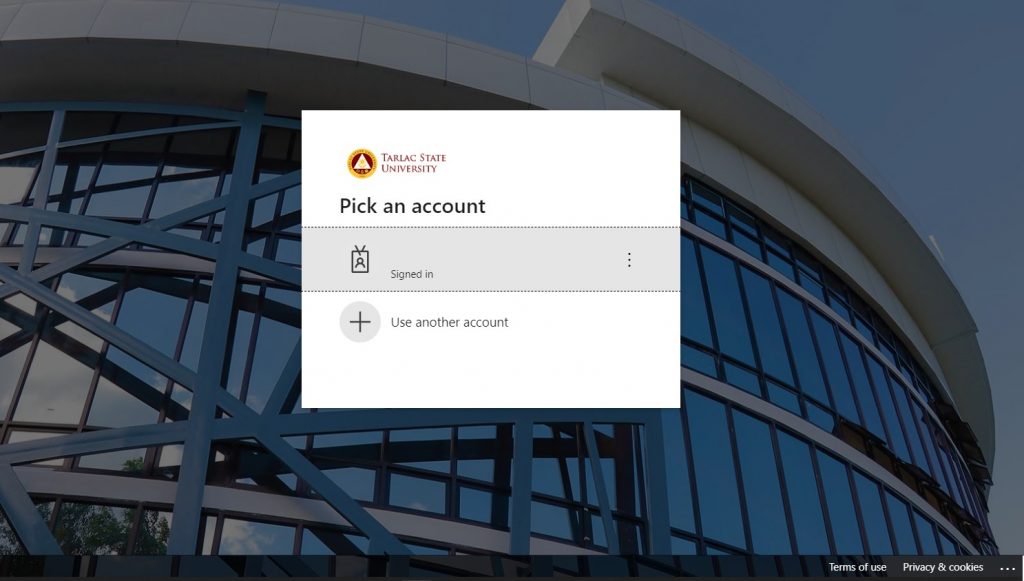Organization
Tarlac State University
Best Practice Focus Area/s
Operations
Year Implemented
2019
This is a GBPR 2021 Recipient
Summary
The PMERS was developed in 2019 through the in-house collaboration of the ESMO, MISO, and CCS. The system provides authorized users web-based access to extension information and documentation and enables them to monitor ongoing and completed projects, administer client evaluation and obtain summaries of such, and generate extension-related reports in no time and in the convenience of their personal spaces. The system is also being used during online program accreditation and the ISO 9001:2015 audit to provide accreditors and auditors with reliable online-based evidence about the extension service accomplishments of the University.
The PMERS aims to achieve greater productivity, more efficient use of government resources, positive environmental impact, and employee safety towards contributing to TSU’s vision of becoming a premier university in Asia and the Pacific and on a larger scale, contributing to other institutions’ development through the sharing of this best practice.

Background and Problem
As an active community partner, TSU engages in various extension programs, projects, and activities with its clients and beneficiaries. Since 2018, TSU has delivered 440 extension projects to more than 150 groups and 10,000 individuals. Such great numbers posed a challenge to ESMO in managing volumes of extension project information and documentation.
Among the issues that need to be addressed include the following: Repeating requests for and reproduction of project documents; considerable time spent in requests for access to information and generating reports; extension service time used for administering customer evaluation; substantial use of paper, ink, and other office supplies for printing documents; and physical contact between office personnel and requesting individuals.
Solution and Impact
The PMERS addresses the central problem of managing extension project information and documentation given the increasing number of extension projects of the University. Management in this context includes access, monitoring, evaluation, and reporting extension project information and documentation. In addition, paper-based management consumes large amounts of office supplies resulting in higher expenses and adverse environmental impact.
With the implementation of the PMERS, the following results were achieved:
- Decrease in the number of documented requests from 30 to 2.
- Information access took about one working day to only about 10 minutes.
- Report preparation and generation takes only about 5 minutes from about two working days.
- Extension service time used to administer customer evaluation surveys was reduced from 20 minutes to zero.
- Customer participation rate increased by 13.35% compared to pen-and-paper customer evaluation.
- The estimated number of sheets of bond paper used decreased from 3,378 to about 100. Ink consumption also decreased from about 33% of toner capacity consumed to only about 1%.
- Increased savings amounting to 4,510 Pesos.
- The number of visitors who requested documents decreased from 30 to zero.
The aforementioned results of the implementation of the PMERS contributed to the following impacts:
- Increased productivity among employees translates to savings on manpower.
- Financial benefit in the form of savings.
- Savings on potential employee Covid-related expenses.
- More learning opportunities for clients and beneficiaries as a result of increased learning time with the removal of the administration of customer evaluation on-site.
- Better employee well-being as a result of experiencing a more efficient system in accomplishing tasks.
- Minimized adverse impact of the University’s activities on the environment.
Milestones
In early 2019, ESMO conceptualized a system that would attempt to address the problems mentioned. The office requested the services of OJT students from CCS to design the system, which was initially intended to be a database of extension projects for exclusive use by the office. The PMERS became operational in July 2019.
However, ESMO realized there was room for improvement and additional features. The office met with deans, college extension chairpersons, and the MISO to conceptualize and design an improved system that would address further needs identified and accessible to more users. In March 2020, the system underwent improvement and upgrading while it remained operational to ensure it continued to address the needs of its target users. Finally, the improved and upgraded system was completed in January 2021 and was officially launched in March 2021. The intended users were then capacitated on the use of the system.
TSU was awarded 2nd place winner under the SUC Category in terms of the Best Practices and Initiatives in Mitigating the Effects of the Covid-19 Pandemic during the Central Luzon-wide celebration of the 1st National Higher Education Day and 27th Founding Anniversary of CHED held in May 2021; the PMERS was one of the practices featured in TSU’s entry. Upgrading of the system is in MISO’s pipeline of projects for 2021-2022 to include new features such as online proposal and post-activity report preparation. Promotion of the upgraded system in 2022 for possible adoption by other SUCs in Central Luzon.
